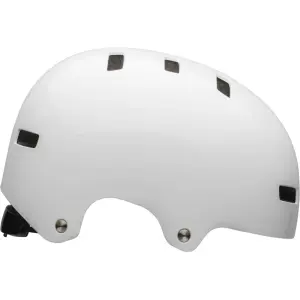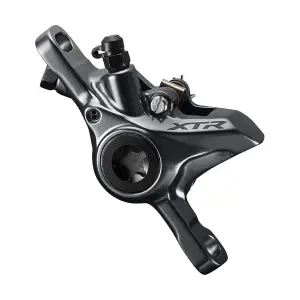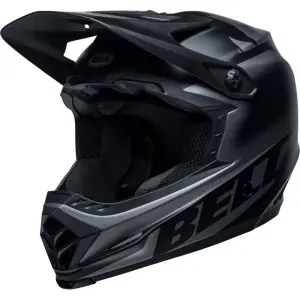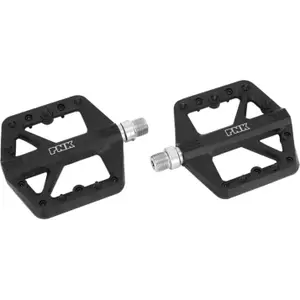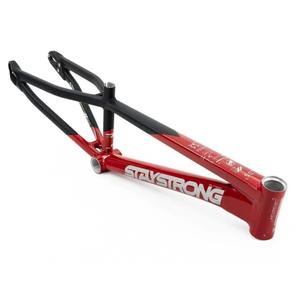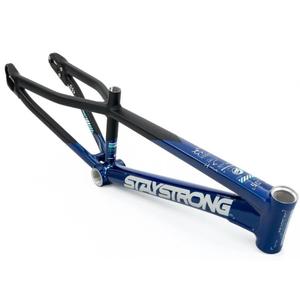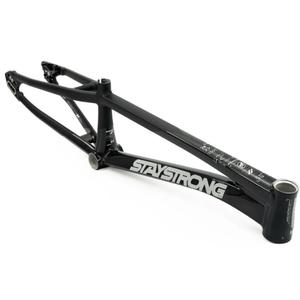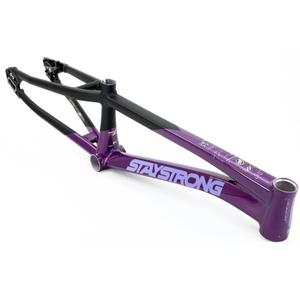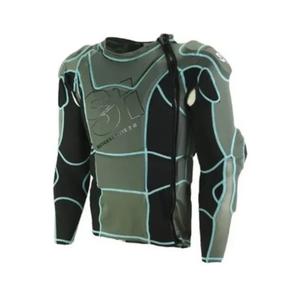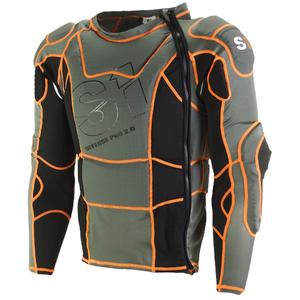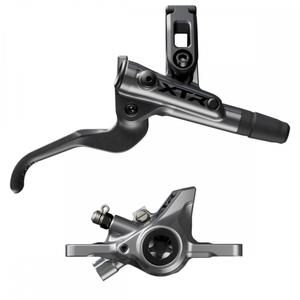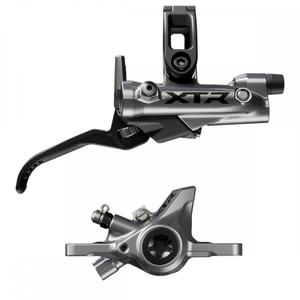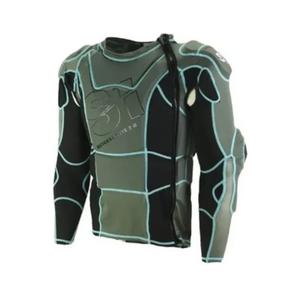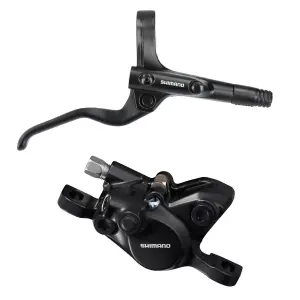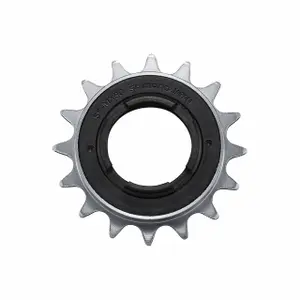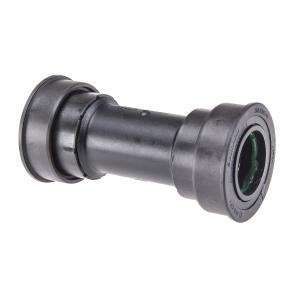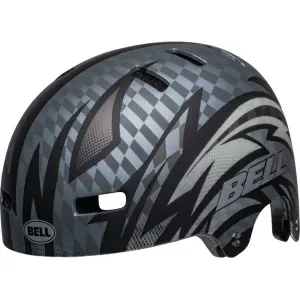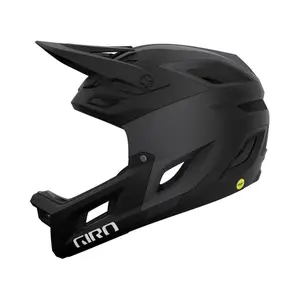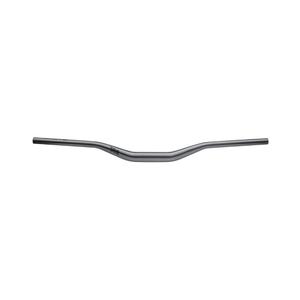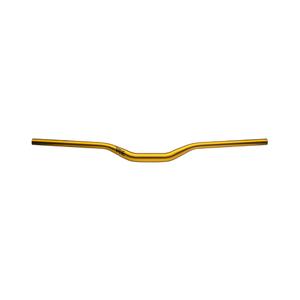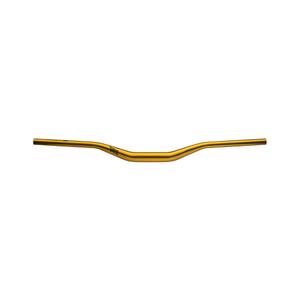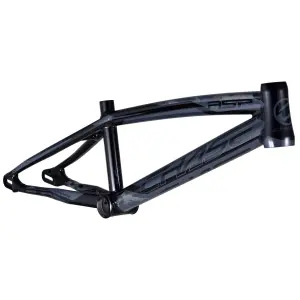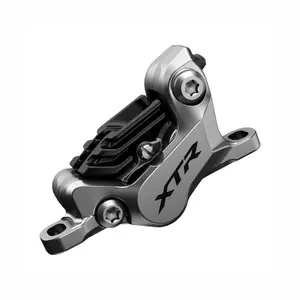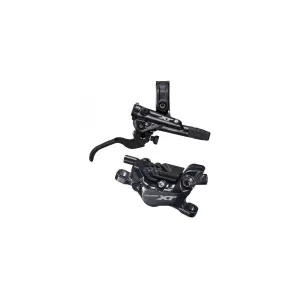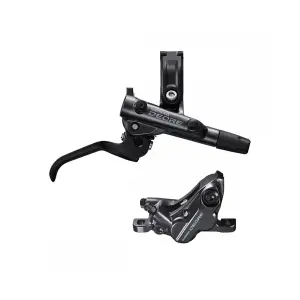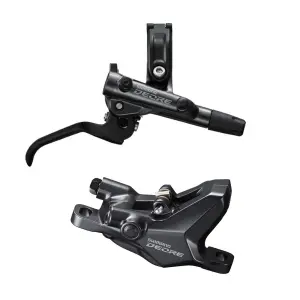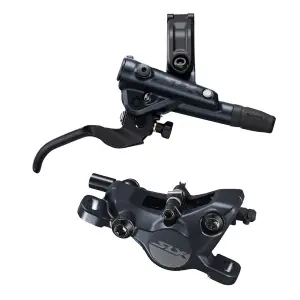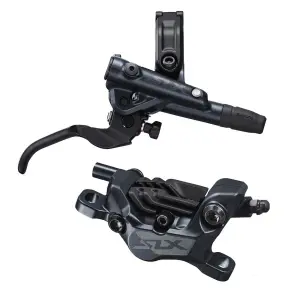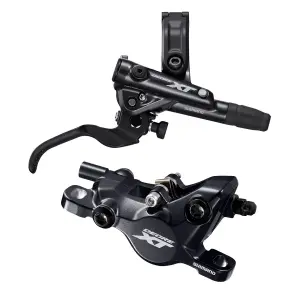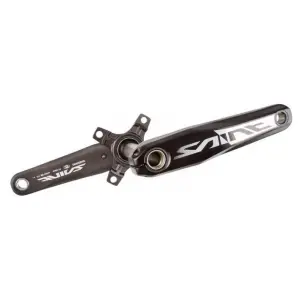Find all of our Products related to BMX!
Find all products related to BMX! You'll find all your favorite products such as bicycles, wheels and tires, as well as everything related to braking !
Frames from BMX: The Evolution of Strength and Style
At the heart of performance and style in the world of BMX lies the frame, a component crucial that influences not only the durability and lightness of the bike , but also its aesthetics and adaptability to different riding styles. Manufacturers of BMX have constantly innovated in frame design, using advanced materials such as chromoly steel and aluminum to offer the perfect balance between strength and lightness. These materials make it possible to produce frames capable of withstanding the rigors of BMX freestyle , racing, and street riding, while maintaining a manageable weight that doesn't compromise performance.
Chromoly steel is particularly prized in the manufacture of BMX frames for its resilience and shock-absorbing capacity, an essential feature for riders who push their bikes to extremes in parks, on ramps, and on the streets. At the same time, aluminum offers a lighter option, ideal for BMX racing where speed and acceleration are paramount. innovations doesn't stop at materials; the geometry of BMX frames has also evolved to adapt to the specific needs of riders, with designs that improve handling, control, and the ability to perform tricks.
Frame designs from BMX are not just functional; they also reflect the trends and aesthetic preferences of the BMX community. With a diverse range of colors, finishes, and graphics, riders can choose a frame that not only meets their technical requirements but also expresses their personal style. This customization contributes to the vibrant and expressive culture of BMX, where the bike becomes an extension of the rider's identity.
Wheels from BMX: Performance and Personalization at Premier Plan
Wheels are another key element in the configuration of a BMX, directly influencing the bike's speed, responsiveness and ability to withstand impact. In the BMX domain, wheels must offer an optimal balance between robustness and lightness, enabling riders to reach high speeds while being able to withstand hard landings and the stresses of tricks. Manufacturers have risen to this challenge by developing rims, hubs and tires specifically designed to meet the unique requirements of BMX.
Double-walled aluminum rims have become the standard for BMX wheels, offering superior strength without weighing the bike down. Hubs, meanwhile, often incorporate sealed bearing systems to reduce maintenance and enhance longevity, even in the most demanding conditions. Tires also play a role crucial, with specific designs providing the traction needed for different BMX disciplines, whether track, park or street.
Wheel customization is another major trend at BMX, allowing riders to create a unique look and tailor their bike's performance to their riding style. With a variety of color options for rims, hubs and even spokes, the possibilities for customization are almost endless. This ability to customize wheels is not limited to aesthetics; it also allows riders to configure their bikes for an optimal balance of speed, handling, and resilience, according to their personal preferences and the demands of their favorite BMX discipline.
In summary, innovations in frames and wheels from BMX illustrates the industry's ongoing commitment to pushing the boundaries of performance, durability, and customization. These technological and aesthetic developments not only serve to enhance the riding experience; they also enrich the culture of BMX, allowing riders to express their individuality while pushing the boundaries of what's possible on a BMX bike.

